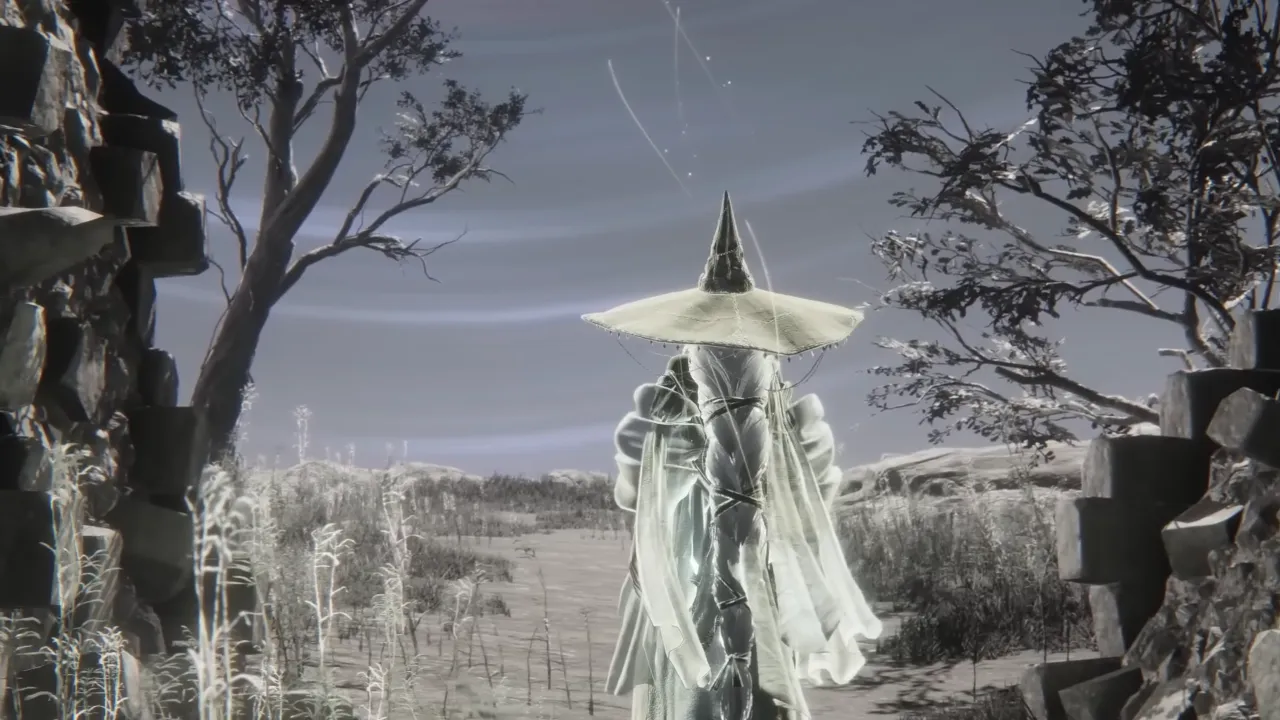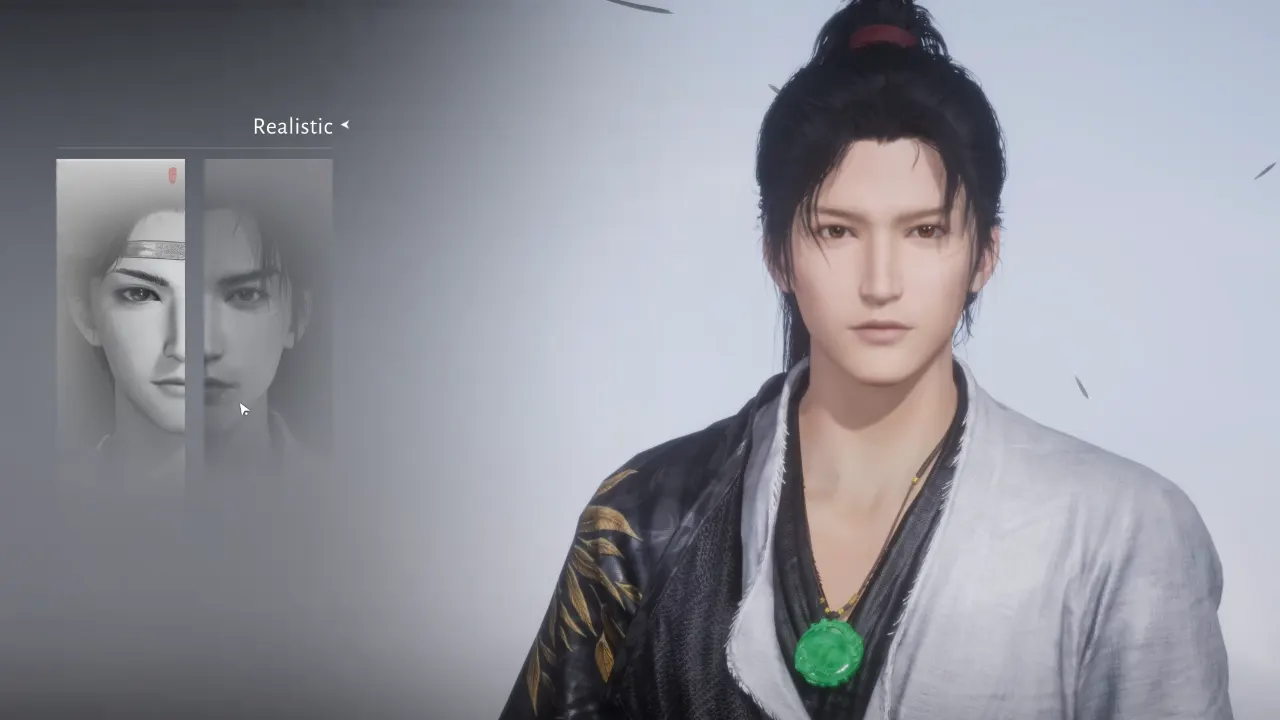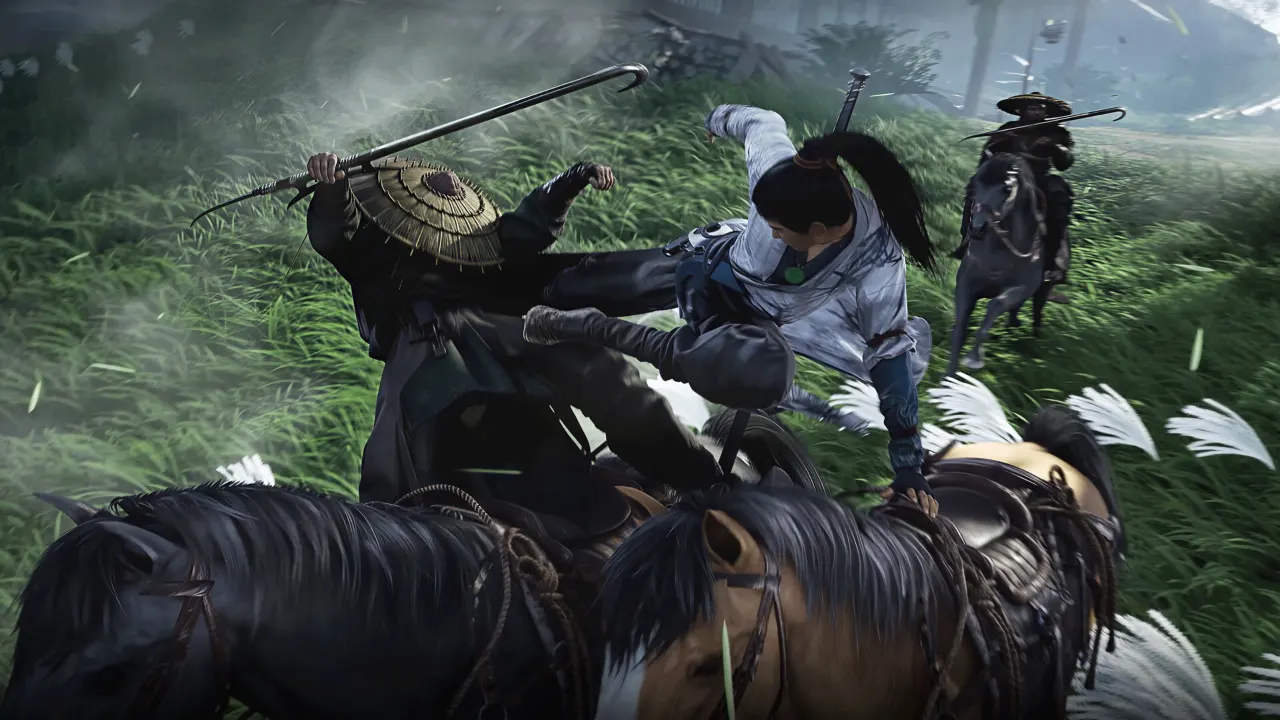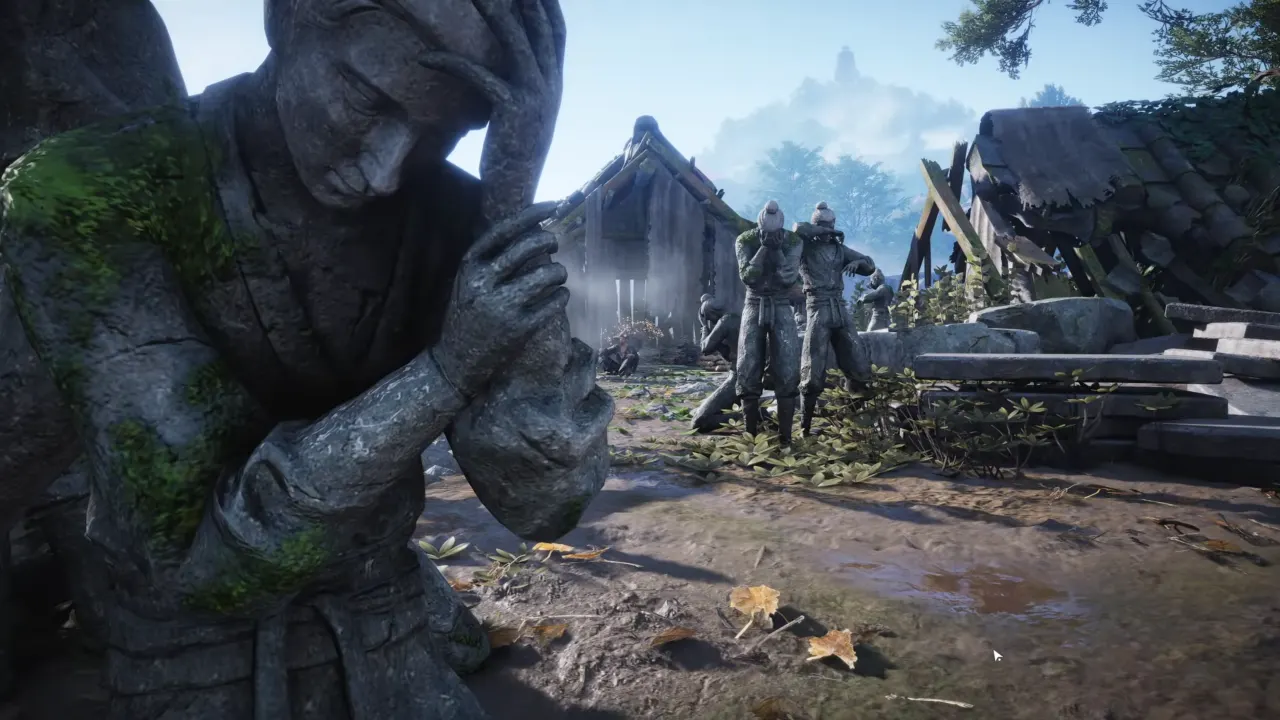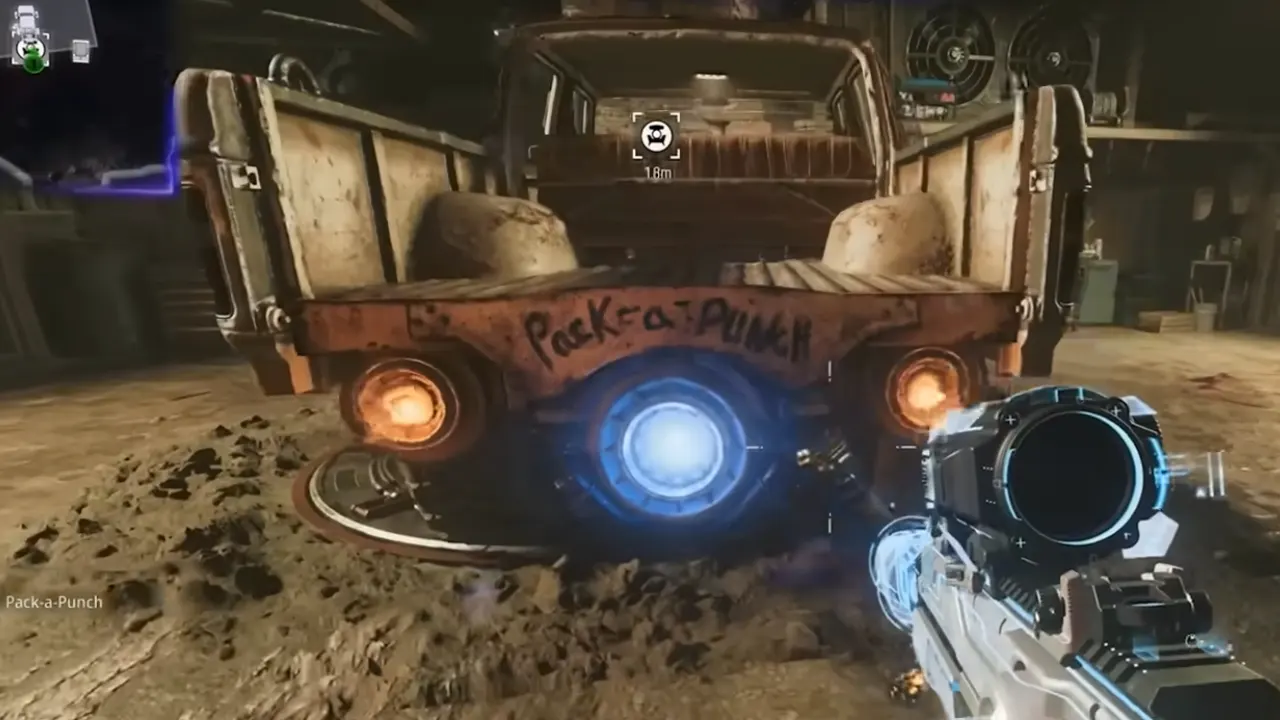If you thought Elden Ring was done emotionally wringing you out, welcome to Nightreign. FromSoftware induced “alternate timeline, eternal doom, cosmic tragedy” mode into the beloved Soulsborne series’ new release, and it works. Elden Ring: Nightreign isn’t canon-canon, but its storyline goes so hard you’ll question everything you thought you knew about the Lands Between. If you piece together what happened after Heolstor’s meltdown, or wonder why one of your characters is cradling a Night-infused baby, this Nightreign endings guide has got you covered.
This guide contains major spoilers for all four endings of Elden Ring Nightreign.
Is Nightreign Canon?
Nightreign plays out like a grim “what if” tale, it’s a splinter timeline from the moment Queen Marika decides to smash the Elden Ring except this time, the Tarnished never appear to set things right. So, though it’s not part of the main Elden Ring narrative, it explores what might’ve happened if everything fell apart and no one showed up to stop it.
It doesn’t matter if you haven’t played the base game and don’t know about its narrative to enjoy Nightreign but if you do, this new DLC is different. It’s bleak, weirdly touching, and packed with quiet tragedy.
The Dawn Ending (Default Elden Ring Nightreign Ending)

To get this default ending, you need to beat four Nightlords and make your way to the final Tricephalos expedition where you’ll face off against the big bad: Heolstor, the Primordial Nightlord. He’s a towering, three-armed behemoth with what looks suspiciously like the Moonlight Greatsword in hand, so you learn it’s a classic “final boss is a god and a metaphor” battle.
After defeating Heolstor, you receive the Primordial Nightlord’s Rune—a corrupted version of the Great Runes from the original game, drenched in shadow. You bring this back to the ruined, empty Roundtable Hold, find a petrified corpse, and place the rune. Then, a cutscene triggers where your Nightfarer begins to dissolve into streaks of golden light (a visual callback to the Erdtree’s grace) and vanishes. It’s oddly peaceful until the credits roll and the post-credits scene triggers.
We cut to the Lands Between from Elden Ring with the Erdtree looming. A golden leaf floats down and lands on a giant tree-shaped figure resting out at sea. It wakes up, stares back at the Erdtree, and then turns away and leaves. Cryptic, but the general idea is that your actions in Nightreign erased the Night timeline from existence. The world returns to “normal,” but the tree-giant walking off is your ripple through time. You changed things, and the branch of the story you lived is now a memory on the wind.
Wylder’s Ending – A New Night Begins
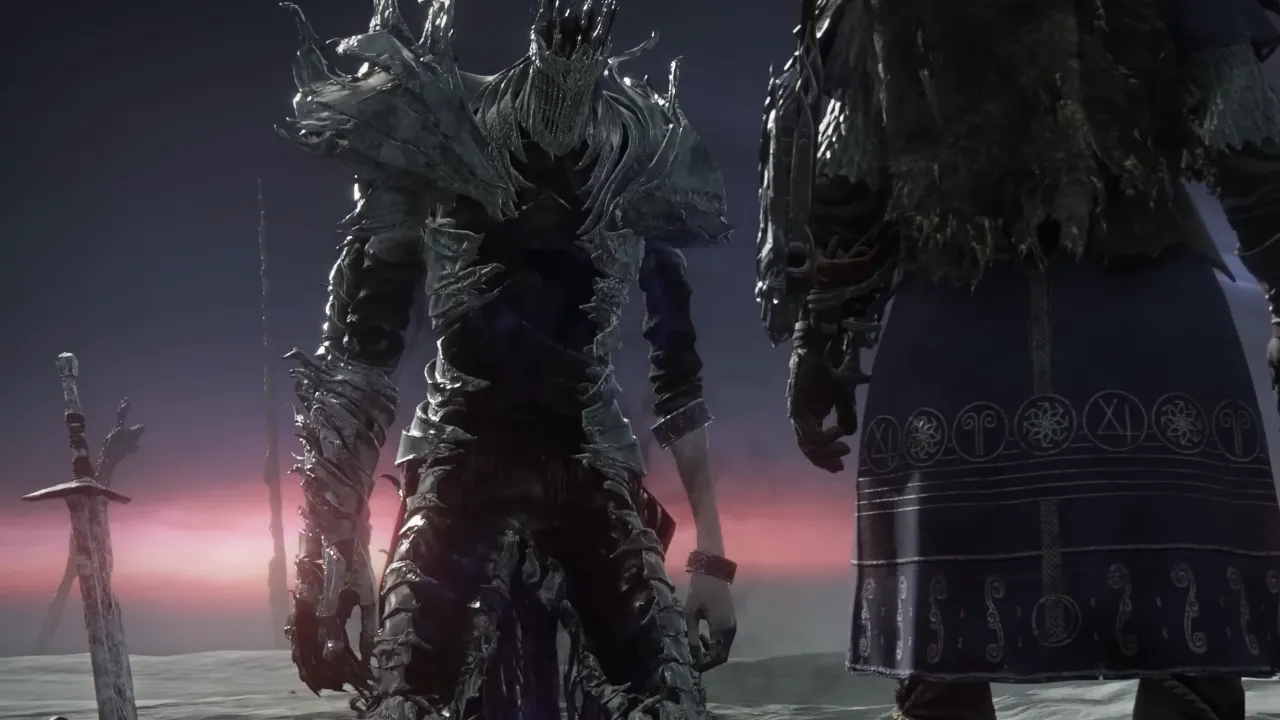
Complete Wylder’s Remembrance questline and defeat Heolstor as Wylder. After the final battle, approach Heolstor’s body and interact using the Silver Tear.
Wylder uses the Silver Tear (which you might recognize as a callback to the Larval Tear from Elden Ring) to reborn himself as the new Nightlord. It’s implied he sacrifices himself to keep the Roundtable Hold and its Priestess, his sister, intact. Rather than snuffing out the Night, Wylder chooses to keep the cycle alive.
Ironeye’s Ending – The Night Continues
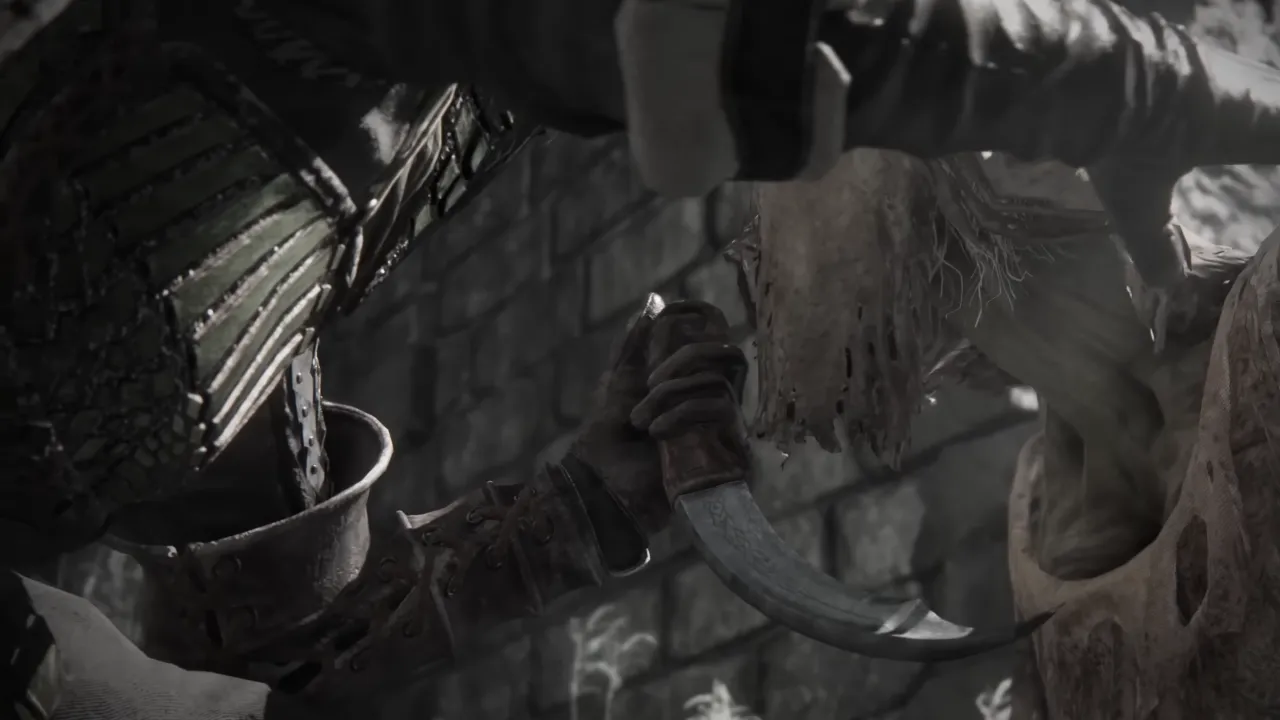
Finish Ironeye’s Remembrance and defeat Heolstor. When back at the Roundtable Hold, interact with the corpse and select the “Clench Dagger” option.
Ironeye coldly slits the petrified corpse’s throat, douses the room in blood, and mutters, “The Night… is far from over.” and then walks away. This ending reveals Ironeye’s purpose as one of Those Who Live in Death, he prolongs the Night to protect his people, who would otherwise be hunted by Erdtree fanatics in the base timeline. So, he sacrifices the world for his undead clan.
Recluse’s Ending – A Mother’s Redemption

Similarly to others, complete Recluse’s Remembrance and kill Heolstor. After the fight, return to the Roundtable Hold and head not to the corpse, but to the Dung Eater’s old chamber.
Inside, Recluse finds a crying baby (her own, in fact). Story reveals that she gave birth to the original Nightlord. In this ending, she holds and calms the infant preventing it from becoming a new cosmic horror. It’s also speculated that this hints at her traveling back through memory or time, rewriting the origin of the Night itself. Either way, it’s surprisingly wholesome for FromSoft.
Other Character-Specific Story Outcomes
Not everyone gets a complete alternate ending, but if you complete their Remembrance quests, you’ll reveal personal stories linking into the Nightreign’s worldbuilding:
- Duchess helps ensure Wylder survives beyond the Night.
- Guardian forgives Recluse, who forged the weapon that destroyed his kin.
- Raider finally defeats White Horn in a gladiator-style grudge match.
- Revenant realizes she is the doll created to avenge a girl’s death.
- Executor commits seppuku after reliving his past as a Crucible Knight.
Nightreign’s Possibly Secret Ending
Finish any character’s Remembrance and beat Heolstor while using that character in the final fight. (Wearing the Remembrance skin might be required, so do it just in case.)
It plays out similarly to the Dawn ending as Nightfarer disappears, Grace floats, and Erdtree stands tall, but the post-credits scene hits harder. A golden strand touches a tree-shaped figure in the sea. It awakens, turns from the Erdtree, and walks away. What I can think from all this situation is it’s not the end of the Night, but a seed of the Erdtree sent off to plant its influence elsewhere. In other words, the Erdtree might be colonizing new lands through divine horticulture.

